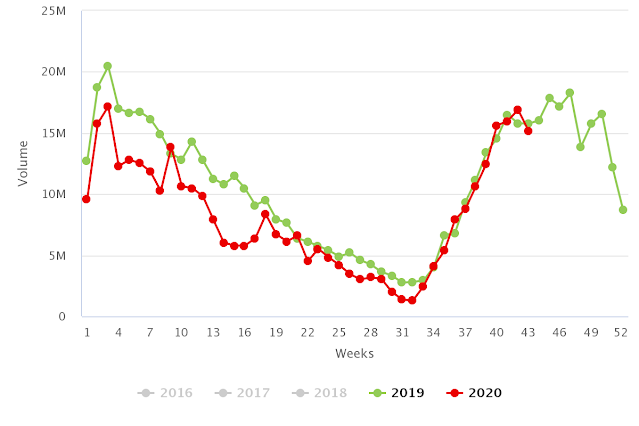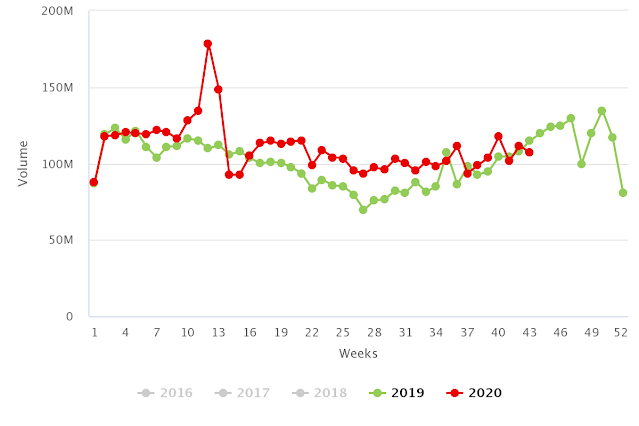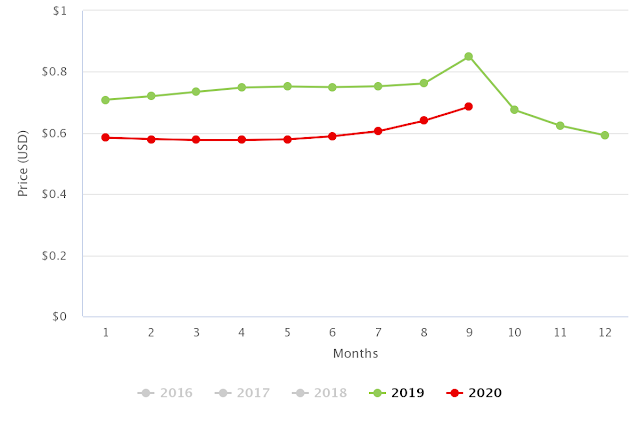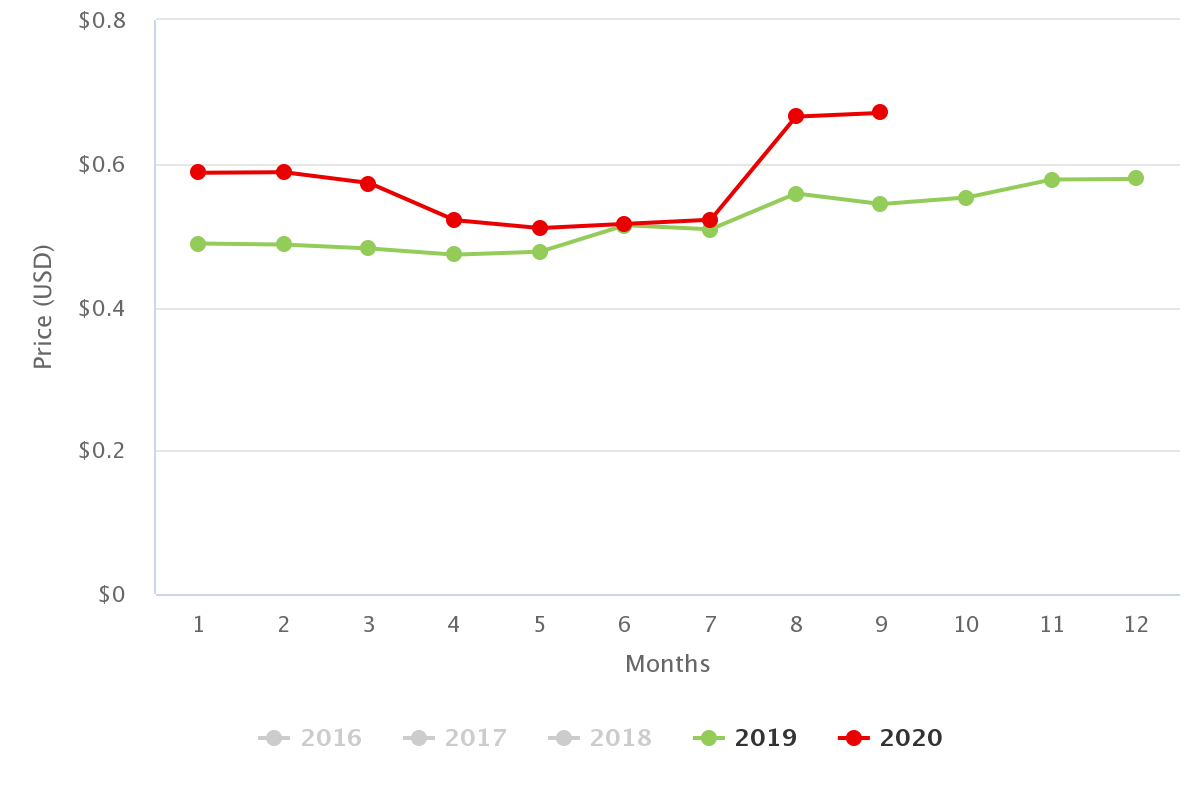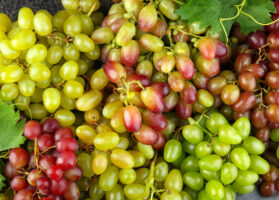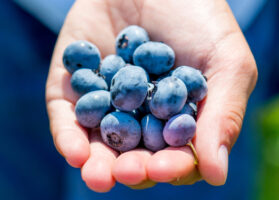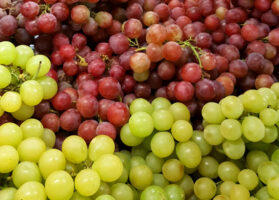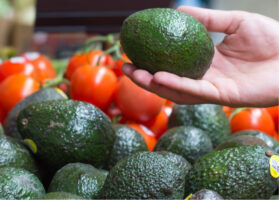Washington tree fruit industry reviews COVID-19 fallout for senators

Overview of the Washington tree fruits season, complemented by charts from Agronometrics. Original published on October 22, 2020.
Source: USDA Market News via Agronometrics.
(Agronometrics users can view this chart with live updates here)
Source: USDA Market News via Agronometrics.
(Agronometrics users can view this chart with live updates here)
The pandemic early on obstructed exports and altered consumer habits, DeVaney said in a videoconference with the Agriculture, Water, Natural Resources and Parks Committee.
Foreign demand dropped and the flow of goods between ports was interrupted, he said. A smaller percentage of Washington’s tree fruit was exported, and packing houses were disrupted as demand fluctuated, he said.
“As the virus hit the U.S., we really saw peaks of consumption — that panic buying, as consumers stocked up — followed by troughs as consumers stayed at home in lockdown,” DeVaney said. “For packing facilities, which try to operate fairly consistently year-round, that was obviously fairly disruptive,” he said.
DeVaney reviewed for the committee how the coronavirus affected three of the state’s top crops. Washington ranks No. 1 in the country in producing apples, pears and sweet cherries, according to the USDA.
In 2019, Washington’s apple crop was worth $1.96 billion. The value of sweet cherries was $393.5 million, and the value of pears was $145 million, the USDA reports.
Source: USDA Market News via Agronometrics.
(Agronometrics users can view this chart with live updates here)
Source: USDA Market News via Agronometrics.
(Agronometrics users can view this chart with live updates here)
The USDA last spring calculated that COVID-19 caused Washington’s 2019 apple crop to suffer market losses of $174 million.
Besides market losses, tree fruit growers also report spending more to comply with state orders to prevent COVID-19 from spreading among farmworkers, DeVaney said.
“We surveyed some members of our industry over the last few months and had reports of on average a
6% increase in overall operating cost just tied to COVID-19,” he said.
“Some producers were seeing their cost increase exceed 20%, depending on how significantly they have to adjust their operations,” DeVaney said. “We haven’t seen any increase in prices that growers are seeing for their products.”
Growers also took blame for high rates of COVID-19 in agricultural counties, even though rates were high throughout the community and farmers had no control over what happened off their farms, he said.
“That’s frustrating when you have growers who are spending a lot of time and money and effort to adopt all the recommended practices,” DeVaney said.
It’s unknown how COVID-19 will affect the value of the 2020 tree fruit crops.
Northwest Horticultural Council President Mark Powers said in an interview Wednesday that farms have had to operate with fewer workers.
Because of coronavirus-safety rules, farms couldn’t transport or house as many workers, he said.
Fewer workers could exacerbate the effects of an early freeze, he said.
The National Weather Service forecasts temperatures will be far below freezing this weekend in parts of Central Washington.
“Much will depend on whether it truly gets to a deep freeze,” Powers said.
The News in Charts is a collection of stories from the industry complemented by charts from Agronometrics to help better tell their story.
Access the original article with this (Link)



